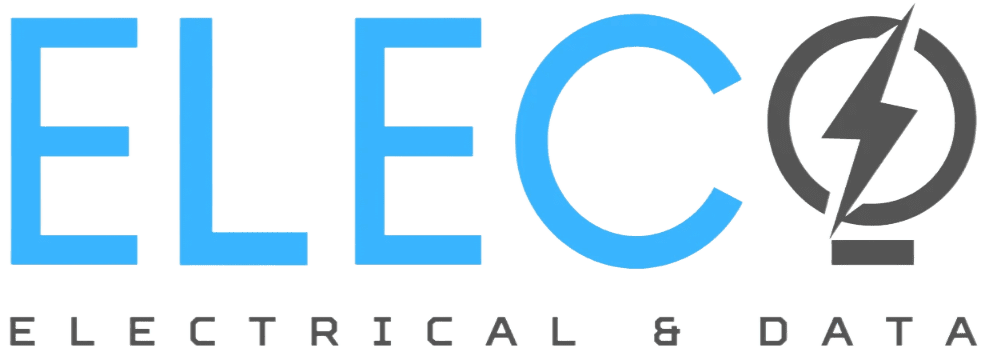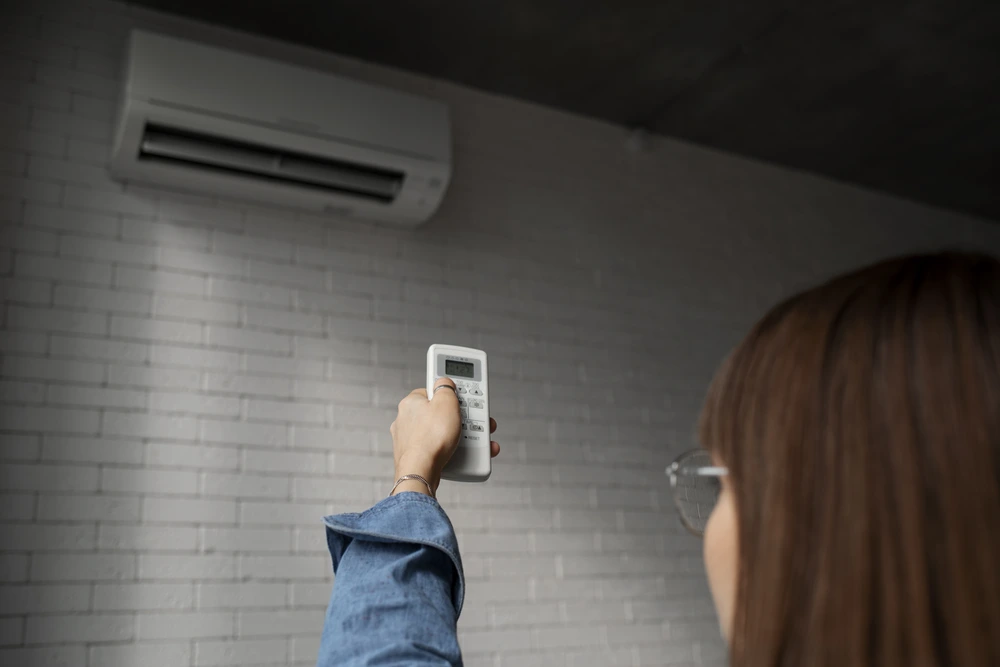When it comes to keeping your home comfortable year-round, few upgrades are as practical and rewarding as installing a split system. These systems have become a popular choice in Australian households thanks to their ability to deliver both heating and cooling efficiently. However, before enjoying that first burst of comfort, there’s one essential step that many homeowners overlook: properly preparing the home for installation.
Getting your space ready ensures not only a smoother process for the technicians but also better performance of the unit in the long run. From selecting the right location for your indoor and outdoor units to making sure the work area is clear and accessible, a little preparation can save you time, money, and unnecessary headaches.
If you’re planning a split system installation in Thomastown, careful preparation is key. With the right groundwork, you’ll set the stage for a safe, efficient, and stress-free upgrade to your home’s comfort. Ultimately, these small steps ensure your system operates at peak performance while giving you lasting value for your investment.
What is a Reverse-Cycle Split System Air Conditioner?
A split system air conditioner (often called a reverse-cycle unit) has an indoor wall unit and an outdoor compressor. It’s one of the most common AC types in Australia. In heating mode, it acts like a giant heat pump: it sucks warm air from outside and blows it indoors; in cooling mode, it does the opposite. This clever technology means each unit of electricity can generate up to six units of heat, making split systems much more efficient than old electric heaters. In fact, upgrading to a modern split system can dramatically cut running costs. So not only will you enjoy comfort, but also save on your bills and have a smaller carbon footprint.
Choosing the Right Size and Location
Sizing Matters
First, make sure the split system you install is the right size for your space. An undersized unit will run constantly and still not keep you comfortable; an oversized one will short-cycle and waste energy. Installers usually calculate size in kilowatts based on room volume, insulation, and sun exposure. For example, a 2.5–3.5 kW unit might cool a small bedroom, whereas a large open-plan living area might need 6 kW or more. You don’t have to do the math yourself; licensed installers will assess the space and recommend the correct size. But it’s wise to ask about it, or even check energy rating labels beforehand. Units have a star rating, and a higher-star appliance can save you money over time.
Indoor Unit Placement
The indoor wall unit should be high on a wall, away from direct sunlight, heat sources (like ovens or heating vents), and not blowing air onto areas that get very dusty. Good choices are a hallway wall or a main wall in your living room. Make sure it’s not right over a bed or couch, cool air can feel too chilly if blown directly on you. Also, avoid locations where steam might reach it (like too close to a bathroom). Ideally, place it on an internal wall or under a shaded window, and clear of furniture to allow airflow. If possible, put it at least 30–50cm below the ceiling, which helps circulate air better.
Outdoor Unit Placement
The compressor (outdoor unit) needs a stable, well-ventilated spot outside. Common places are beside the house on the ground, or mounted on a sturdy bracket near the roof eaves. It should sit on a firm base to prevent wobbling. Make sure there’s space around it, usually at least 30–50cm all around, so air can flow and heat can dissipate. Keep it away from clotheslines or shrubs (you don’t want leaves or laundry blocking it!). Also consider noise: try to avoid placing it near a bedroom window or sleeping area.
Preparing Your Home for Split System Installation
Before installation day, tackle these tasks to make life easier for everyone:
Clear the Work Area: Move furniture, decorations, plants, and any fragile items away from where the indoor and outdoor units will go. This gives installers space to work and protects your belongings. It also prevents dust or debris from falling on your stuff.
Map Out the Route: Think about how the installers will bring tools and heavy units inside. If they need to carry an indoor unit up a staircase, clear a path. The outdoor unit needs a clear route to its mounting spot. Consider parking; if they have a heavy outdoor unit, they may need close vehicle access.
Ensure Power Access: The split system will need a dedicated electrical circuit. Check your switchboard. Is there a spare 20A slot for the new circuit? If not, you’ll hire a licensed electrician. Leave access to your main switchboard and identify where the isolator (power switch) for the AC will go, as per code. Mention any tricky locations to the installer in advance.
Prepare Plumbing/Drainage: Indoor units produce condensate when cooling. Confirm there’s a way to drain it outdoors or to a suitable drain. Often, a small pipe is routed through the same hole in the wall. Ensure the area outside is clear so installers can run this pipe without obstacles.
Contain Pets and Kids: Make arrangements for children and pets. Hoses, cables, and technicians moving around can be a tripping hazard. It’s best if your pets are kept in another room. This isn’t just to keep them safe; anxious pets can also slow down the work.
Have a Plan for the Old Unit: If you’re replacing an old AC, decide beforehand what happens to it. Solar Victoria notes that in Victoria, old heaters (including AC units) are considered e-waste and banned from landfill. Many councils offer hard rubbish pickup or drop-off for appliances (fees may apply). It’s wise to contact your local council in Thomastown (City of Whittlesea) for disposal options. Don’t simply leave the old unit on the nature strip; that’s illegal dumping.
Communicate with the Installer: When booking, tell your installer anything unusual: for example, if your indoor unit spot is high or requires a ladder, if your outdoor area is hard to access, or if there are weird angles. A quick picture of the proposed locations can save time. Also, ask how long the install will take so you can plan your day.
Split System Installation Cost: What to Expect
Installing a split system is an investment. Costs depend on factors like system size (in kW), brand, number of units (single head or multi-head system), and installation complexity. For example, a single-head 3.5 kW unit might have a straightforward cost, whereas a larger 7 kW or multi-head setup costs more. Difficult access (like high units or running long pipelines) can add labour time and expense.
Instead of focusing on exact numbers (each home is different), remember some key points:
- Obtain Multiple Quotes: Talk to at least two licensed installers. They should visit your home (or get detailed info) to quote accurately. Cheaper isn’t always better – ensure they include things like securing permits, compliance certificates, and correct refrigerant handling.
- Include All Ancillaries: A quote should cover the unit price, installation kit (insulation, mounts, pipes), new circuit wiring, and any controls. If you need tree removal or concrete pads, mention that.
- Rebates & Savings: In Victoria, you might be eligible for government incentives. The Victorian Energy Upgrades (VEU) program offers discounts on efficient heating/cooling. For instance, replacing a gas heater with a reverse-cycle split can save you hundreds of dollars a year. Ask your installer about accredited providers and whether your system qualifies for a rebate. This could significantly offset the upfront cost.
Split System Installation Safety and Compliance
Installing a split system is not a DIY job. Victorian regulations are very clear that only qualified, licensed practitioners can install or replace reverse-cycle air-conditioners. Here’s why:
Licensing: In Victoria, a plumbing practitioner with a refrigerant handling licence must install the refrigerant parts, and an electrician (A-grade or Registered Electrical Contractor) must do any electrical work. This is mandated by the Victorian Building Authority and Energy Safe Victoria. These licenses ensure the person knows how to handle refrigerants and electrical components safely.
Certificates: After installation, you must receive two certificates: an Energy Safe Victoria Certificate of Electrical Safety (COES) and a VBA Plumbing Compliance Certificate. These prove the job meets legal safety standards and are often required for the unit’s warranty. Without them, you risk voiding warranties and even facing fines.
Safety: Air conditioners involve high-voltage electricity and pressurised refrigerant. A tiny mistake could cause leaks or fires. Licensed installers know to use proper materials and follow Australian Standards (AS/NZS codes) for wiring, insulation, and drainage. They’ll also install an isolator switch near the outdoor unit as required.
Regulations: Even drilling holes through walls must consider structural integrity and weatherproofing. Installers will seal around the hole so rain can’t seep in. They also ensure the outdoor unit’s drain doesn’t cause damage or slip hazards.
In short, using professionals protects you and your family. It also means you get the benefits of their experience, such as the best locations and wiring practices for your home’s layout.
Conclusion
Preparing your home for a split system installation in Thomastown is more than just clearing a space on the wall. From selecting the right unit size and location to understanding compliance requirements, every detail plays a role in ensuring your system runs safely and efficiently. With the right preparation, you’ll not only make the installer’s job easier but also set yourself up for better long-term performance.
We’ve also covered the importance of energy efficiency and proper maintenance, along with cost considerations and government rebates that can make installation more affordable. Keeping these points in mind will help you enjoy reliable heating and cooling while minimising ongoing expenses.
At Eleco Electrical & Data, we provide expert split system installations along with electrical, lighting, and data services across Melbourne. Trust our licensed team for safe, professional work tailored to your needs. Request your free quote today and let us make your home more comfortable, efficient, and future-ready.
FAQs:
-
Do I need special permits, or can I install a split system myself?
You cannot legally DIY a split system in Victoria. You must hire licensed professionals. A plumber with refrigerant-handling credentials will handle the refrigerant lines, and a licensed electrician will do the wiring. They will pull any necessary permits and give you compliance certificates when finished.
-
What is the average split system installation cost in Thomastown?
The cost varies depending on unit size, installation complexity, and any additional electrical or structural work required. Always request a detailed quote to understand inclusions like labour, wiring, and compliance certificates.
-
How can I improve energy efficiency after installation?
Set your thermostat between 24–26°C in summer and 18–20°C in winter, keep filters clean, and ensure your home is well-insulated. Simple practices like closing doors and sealing draughts can greatly reduce running costs.


